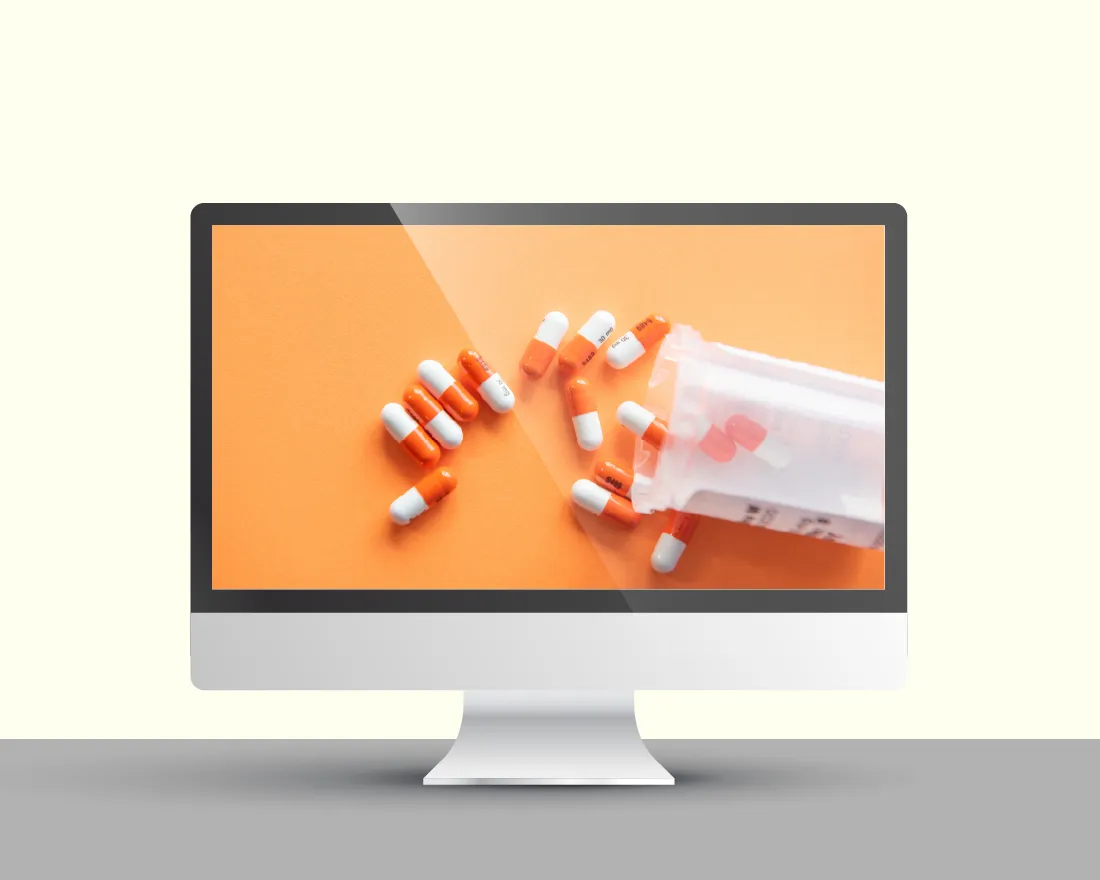
The global pharmaceutical market made $1.2 trillion in 2018, and it’s expected to reach $1.5 trillion by 2023, according to the IQVIA Institute for Human Data Science. Yet other statistics indicate Big Pharma is the least trusted of all business industries, the epitome of corporate greed.
But because the pharmaceutical industry has some of the highest profit margins — averaging between 12.5 and 14% but in some cases climbing to as much as 40% — pharmaceutical companies spend almost $27 billion a year advertising their products. Most of that, $20.3 billion according to a Dartmouth study, was spent marketing products to physicians. It’s no wonder why more than 178,500 pharmaceutical sales representatives are currently employed in the United States.
Do pharmaceutical sales differ from other sales? What is the best way to present a sales pitch to a medical professional? While some sales presentation strategies are the same for all types of sales, other tactics are important for pharmaceutical sales presentations to stand out and make a positive impact. After all, medical presentations usually include sensitive information and critical data, and the topics they deal with are of a serious nature.
Want to ensure you’re creating clear, succinct presentations for your pharmaceutical sales reps? Check out the following seven tips for designing effective pharmaceutical sales presentations that make a splash among the medical community:
1. Use a template
Creating a template sales reps can customize is an effective tool for pharmaceutical and other sales training. A strong template serves as a powerful starting point for inexperienced sales presenters who might not be familiar with the best practices for pharmaceutical sales presentations. Beautiful.ai users can choose from a host of pre-built presentation templates curated by professional designers to suit a variety of needs, including various sales deck templates.
2. Customize a theme
A consistent, cohesive and branded design is essential to a professional sales presentation. Not only does customizing a theme for a presentation accomplish these objectives, but it can save oodles of time otherwise spent tweaking design elements. Beautiful.ai users can set a custom theme for their entire slide deck, selecting features such as color palettes, typography and footers in advance so the same design elements are applied automatically to each slide.
3. Include data visualizations
Data is crucial to the pharmaceutical industry, and for good reason in a world where a miscalculation can mean the difference between life and death. But that doesn’t make raw data any more exciting. While some scientists might enjoy staring at sheets of data, most people are more receptive to the visualization of that data. Include plenty of statistics and other supporting facts and figures in your pharmaceutical sales presentation, but transform that data into engaging infographics that tell a story.
Beautiful.ai users can benefit from a variety of Smart Slide templates that design infographics. Just choose the best infographic to illustrate your data — anything from bar graphs and pie charts to flow charts, Venn diagrams and scattergraphs — and watch as artificial intelligence transforms whatever data you input into a perfectly designed infographic.
4. Know your audience
It’s important to meet your sales audience where they are. You won’t present the same information to persuade a group of middle schoolers as you would present to a group of medical scientists. Even within the medical community, it’s important to know who you are working with, their educational and professional backgrounds and their areas of expertise. Are you presenting a cancer drug to an oncology specialist, or to an administrator with a business background? Your pharmaceutical sales presentation will be most effective when it is customized to each audience.
5. Tell a story
People respond to storytelling, and medical professionals are no exception. Pharmaceutical sales presentations easily benefit from the power of storytelling by describing the patients. Who does the drug or medical technology benefit, and how? What are the patients’ unique backgrounds? Make your audience care about the patients, and they will care about the products that can help them.
6. Keep slides simple
Written content is an essential element of presentations since it’s the basis of communication. But it’s important to focus on the visual element of a slide presentation and use a conservative number of words in each slide. Think of the text in your sales deck as an outline, a series of subtitles and captions. Instead, focus on visual communication with plenty of infographics and other data visualizations, vivid photographs and engaging video and animations.
7. Know your facts
As a pharmaceutical sales representative, you are presenting products to medical scientists and others who work directly with medical scientists. This is not an uninformed audience. You should be prepared with not only as much information as your audience has on the topic, but enough additional information to prepare for possible questions. This also means you must prepare for a pharmaceutical sales presentation like you prepare for no other, knowing the topic and supporting information backward and forward in order to provide the most persuasive and professional presentation possible.




.jpg)

.gif)
